Good day,
the Moselle and its tributaries connect France, Luxembourg and Germany, weaving a web through culture, nature and languages; connecting places and us people. Customs such as the winegrowers’ “Hahnenfeier” are older than today’s borders, celebrated across them.
I was amazed to discover the Chagall windows in Metz and Sarrebourg and one of the most beautiful main squares in the world: the Place Stanislas in Nancy. It was only after 26 years as an elected Moselan that I visited the Villa Böcking in Traben-Trarbach, built around 1750, with running water in the kitchen even then and a view of the Moselle from the lounges; a few months earlier I had been to the nature conservation centre in the Luxembourg canton of Remich for the first time.
“High, mighty, amazing, sinister. I have never seen anything like it,” the Frenchman Victor Hugo wrote about Eltz Castle in his diary in 1863. The writer visited also Luxembourg several times, living as a political refugee in Vianden. The house where he lived at that time now pays homage to him as a museum. Luxembourg’s museums are like the country itself: international. The Metz branch of the Centre Pompidou also presents itself as cosmopolitan and forward-looking.
Close to Metz, in Scy-Chazelles, the „Robert Schumann House“ invites you to visit. Jean-Baptiste Nicolas Robert Schuman was born as a German in Clausen/Luxembourg, later Prime Minister and Foreign Minister of France, and is considered one of the “Fathers of Europe”. The house looks like it did on the last day of his life in September 1963. You stand in front of the table where he wrote his speeches, see the books he read, wander through the garden he seemed to love. He is buried next door in the church of St Quentin, built around 1120.
In Metz stands the oldest church in France, in Trier the oldest cathedral north of the Alps, in Treis-Karden the oldest privately owned residential house in Germany.
The reconstructed wine presses from Roman times on the Middle Moselle are also steeped in history. Vines have been cultivated and wines produced here for almost 2 millennia.
On the Saar, some vineyards are enclosed, sometimes with a gate, for example in the Wiltinger Kupp. The 2003 Scharzhofberger Riesling Trockenbeerenauslese by Wiltinger winemaker Egon Müller fetched about 12,000 euros/bottle, the highest price ever achieved for a young wine.
Madeleines, bergamottes de Nancy, quiches lorraine and Bouchées à la reine are also delicious. They are all said to have been first prepared in and around Nancy.
Rare and localised, on the other hand, are “Apollo-Falter” (Parnassius apollo vinningensis) – a species of butterfly found only on the Terrace Moselle. I also want to trace the flora and fauna of the greater region.
After five small German-language books about the Moselle, as the wife of a winegrower I want to collect knowing about famous and hidden treasures on the Moselle and its tributaries in France, Luxembourg and Germany, stimulate an exchange via social networks, multilingual and without borders.
Looking forward to your insider tips
Annette Köwerich
PS My French is not perfect; neither is my English. Nevertheless, I dare to try. Anyone who finds mistakes is welcome to keep them or write to me. I look forward to it.
Good day,
the Moselle and its tributaries connect France, Luxembourg and Germany, weaving a web through culture, nature and languages; connecting places and us people. Customs such as the winegrowers’ “Hahnenfeier” are older than today’s borders, celebrated across them.
I was amazed to discover the Chagall windows in Metz and Sarrebourg and one of the most beautiful main squares in the world: the Place Stanislas in Nancy. It was only after 26 years as an elected Moselan that I visited the Villa Böcking in Traben-Trarbach, built around 1750, with running water in the kitchen even then and a view of the Moselle from the lounges; a few months earlier I had been to the nature conservation centre in the Luxembourg canton of Remich for the first time.
“High, mighty, amazing, sinister. I have never seen anything like it,” the Frenchman Victor Hugo wrote about Eltz Castle in his diary in 1863. The writer visited also Luxembourg several times, living as a political refugee in Vianden. The house where he lived at that time now pays homage to him as a museum. Luxembourg’s museums are like the country itself: international. The Metz branch of the Centre Pompidou also presents itself as cosmopolitan and forward-looking.
Close to Metz, in Scy-Chazelles, the „Robert Schumann House“ invites you to visit. Jean-Baptiste Nicolas Robert Schuman was born as a German in Clausen/Luxembourg, later Prime Minister and Foreign Minister of France, and is considered one of the “Fathers of Europe”. The house looks like it did on the last day of his life in September 1963. You stand in front of the table where he wrote his speeches, see the books he read, wander through the garden he seemed to love. He is buried next door in the church of St Quentin, built around 1120.
In Metz stands the oldest church in France, in Trier the oldest cathedral north of the Alps, in Treis-Karden the oldest privately owned residential house in Germany.
The reconstructed wine presses from Roman times on the Middle Moselle are also steeped in history. Vines have been cultivated and wines produced here for almost 2 millennia.
On the Saar, some vineyards are enclosed, sometimes with a gate, for example in the Wiltinger Kupp. The 2003 Scharzhofberger Riesling Trockenbeerenauslese by Wiltinger winemaker Egon Müller fetched about 12,000 euros/bottle, the highest price ever achieved for a young wine.
Madeleines, bergamottes de Nancy, quiches lorraine and Bouchées à la reine are also delicious. They are all said to have been first prepared in and around Nancy.
Rare and localised, on the other hand, are “Apollo-Falter” (Parnassius apollo vinningensis) – a species of butterfly found only on the Terrace Moselle. I also want to trace the flora and fauna of the greater region.
After five small German-language books about the Moselle, as the wife of a winegrower I want to collect knowing about famous and hidden treasures on the Moselle and its tributaries in France, Luxembourg and Germany, stimulate an exchange via social networks, multilingual and without borders.
Looking forward to your insider tips
Annette Köwerich
PS My French is not perfect; neither is my English. Nevertheless, I dare to try. Anyone who finds mistakes is welcome to keep them or write to me. I look forward to it.
Three countries, one river.
About the author
I was looking for a small picture and reading book about the Moselle that would show the Moselle as we see it: quietly, poetically, in soft colours.
Because I didn’t find it, I founded a publishing house and published it myself. That was in 2003, when I had been living for 7 years as the wife of a winegrower in Leiwen on the Middle Moselle. In the meantime our three daughters had been born. As an Eifel farmer’s daughter, agricultural engineer and press officer for a professional association on parental leave, I became self-employed the following year and have been bathing in family, winery and writing work ever since. No day is long enough.
Published are:
2003: Ein kleines Bilder- und Lesebuch von der Mosel
2005: Ein kleines Bilder- und Lesebuch von der Mosel II
2007: Genießen wie die Römer (bei Guy Binsfeld, Luxemburg)
2012: Mosel – eine Hommage – Von der Quelle zur Mündung (mit Hilde Kessel, Bastian)
2016: Briefe von Ophelia und Jan
All the books are about the French, Luxembourgian and German Mosel. Because, apart from the Mosel Riesling, what makes this river special for me is its internationality and its original European character. The Moselle and its tributaries connect France, Luxembourg and Germany. The European Treaties were signed on the Moselle. In the meantime, the internet, interactive maps and social media allow new ways of communication and multilingualism.
On www.moselannette.eu I collect tips on known and unknown treasures on the Moselle and its tributaries in France, Luxembourg and Germany; French, English and German, supplemented by Instagram & Co.
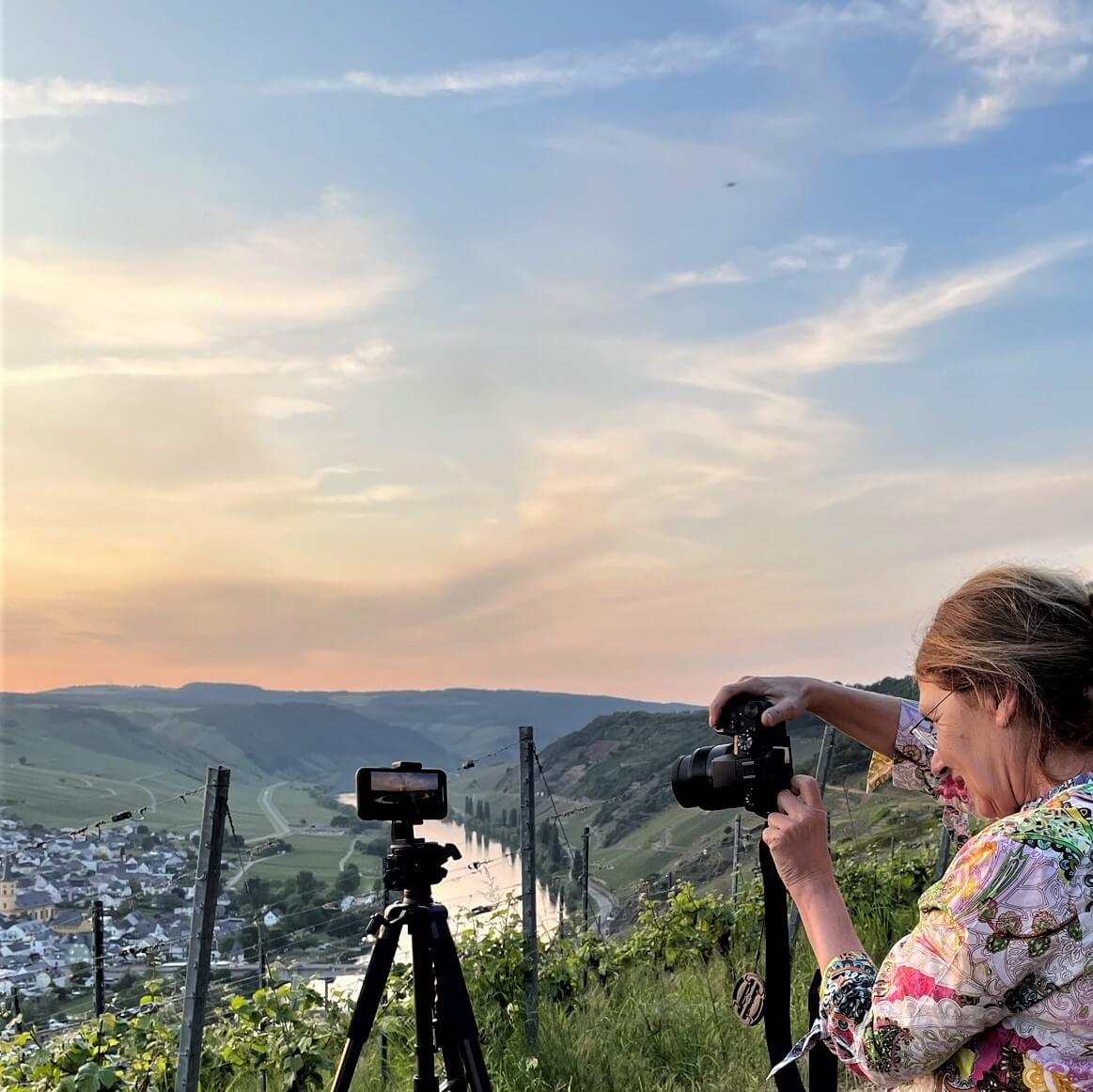
About the author
I was looking for a small picture and reading book about the Moselle that would show the Moselle as we see it: quietly, poetically, in soft colours.
Because I didn’t find it, I founded a publishing house and published it myself. That was in 2003, when I had been living for 7 years as the wife of a winegrower in Leiwen on the Middle Moselle. In the meantime our three daughters had been born. As an Eifel farmer’s daughter, agricultural engineer and press officer for a professional association on parental leave, I became self-employed the following year and have been bathing in family, winery and writing work ever since. No day is long enough.
Published are:
2003: Ein kleines Bilder- und Lesebuch von der Mosel
2005: Ein kleines Bilder- und Lesebuch von der Mosel II
2007: Genießen wie die Römer (bei Guy Binsfeld, Luxemburg)
2012: Mosel – eine Hommage – Von der Quelle zur Mündung (mit Hilde Kessel, Bastian)
2016: Briefe von Ophelia und Jan
All the books are about the French, Luxembourgian and German Mosel. Because, apart from the Mosel Riesling, what makes this river special for me is its internationality and its original European character. The Moselle and its tributaries connect France, Luxembourg and Germany. The European Treaties were signed on the Moselle. In the meantime, the internet, interactive maps and social media allow new ways of communication and multilingualism.
On www.moselannette.eu I collect tips on known and unknown treasures on the Moselle and its tributaries in France, Luxembourg and Germany; French, English and German, supplemented by Instagram & Co.
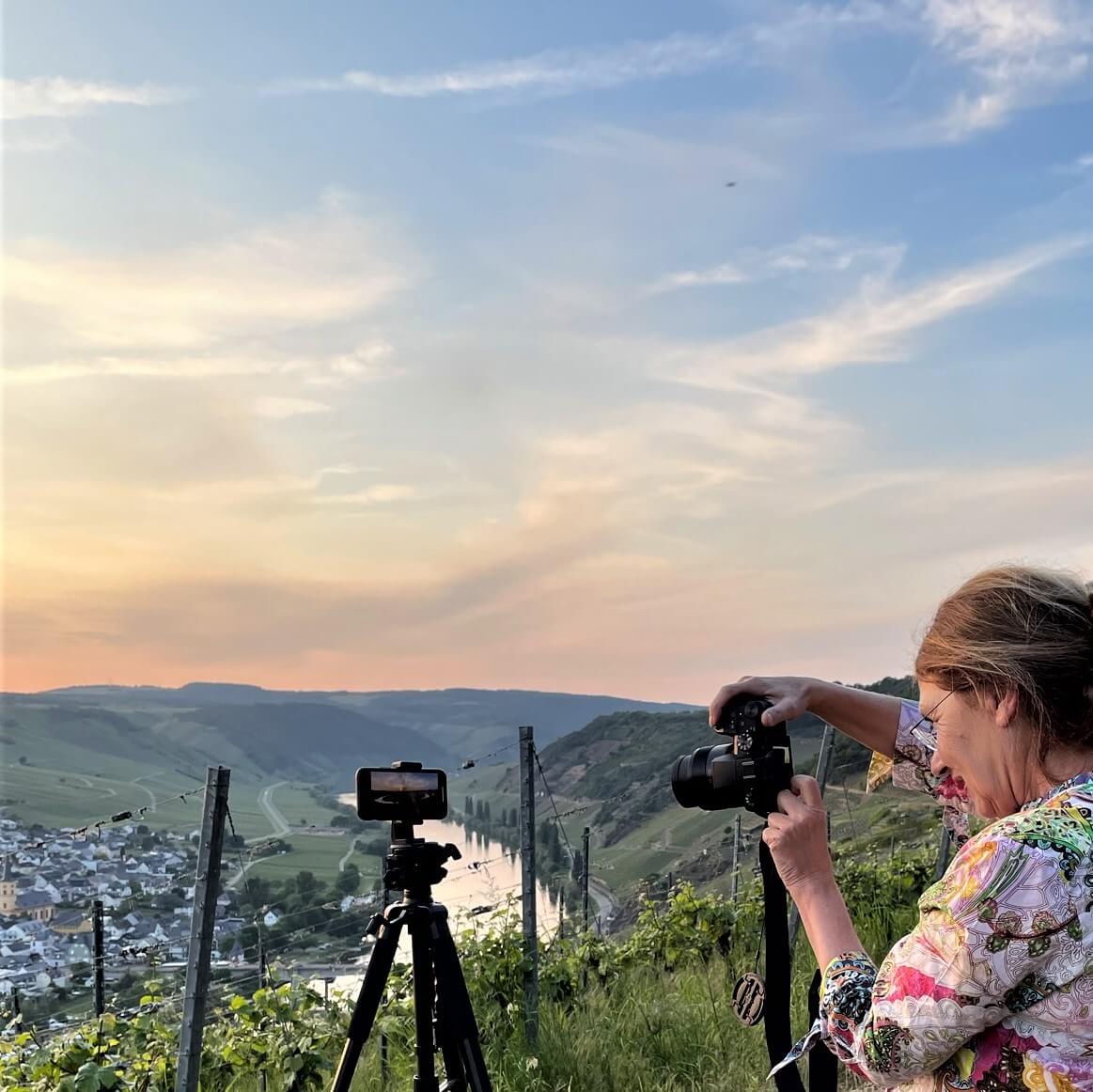
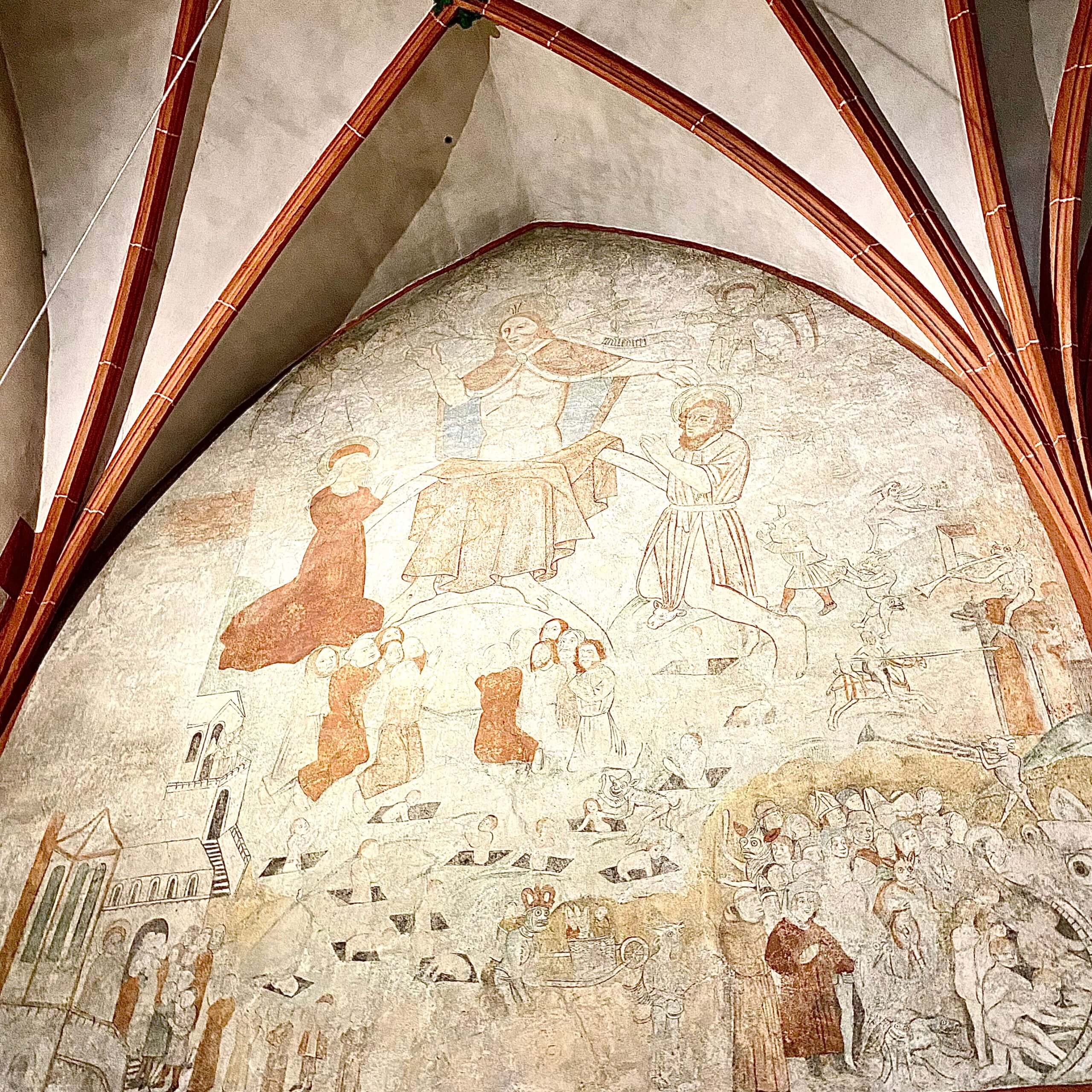
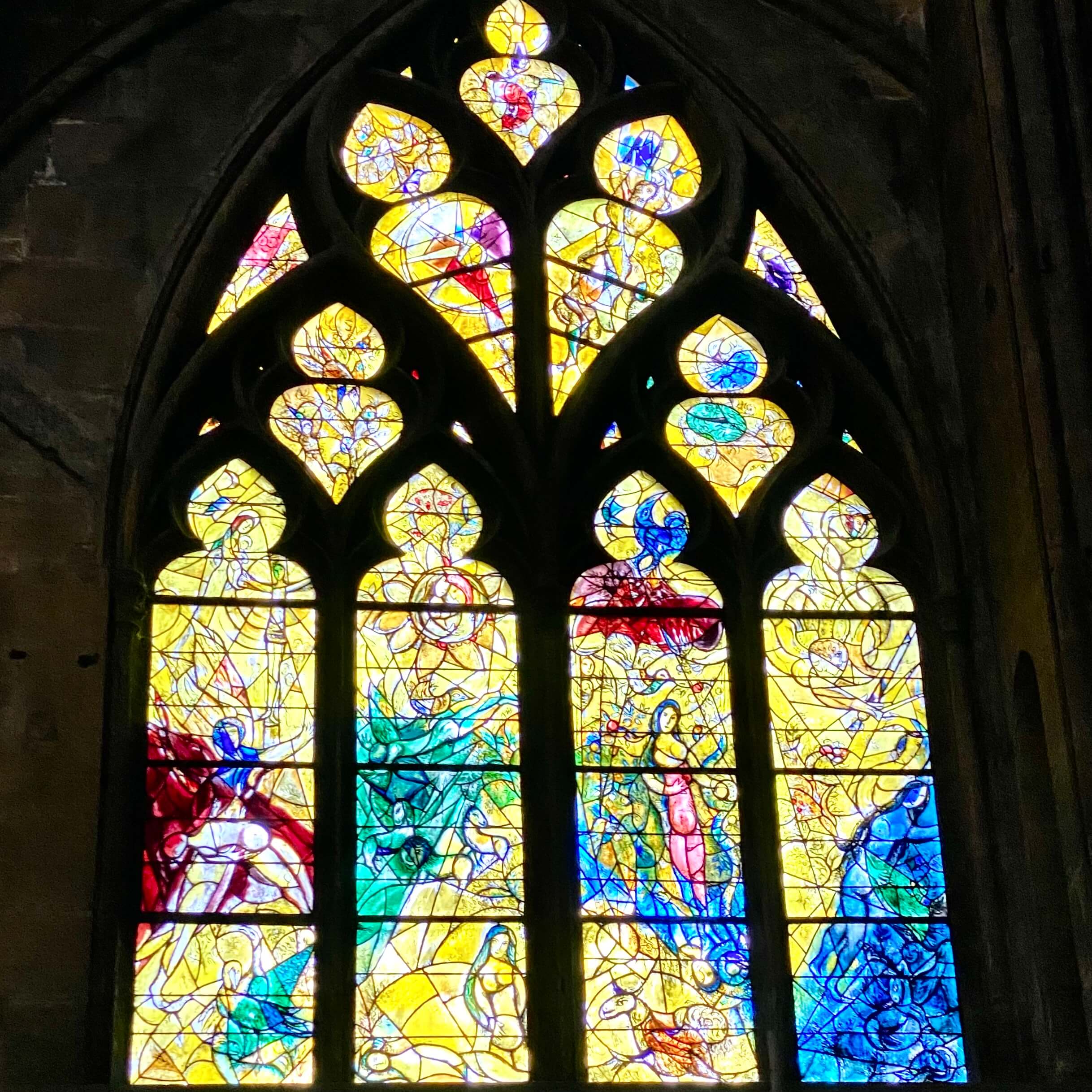
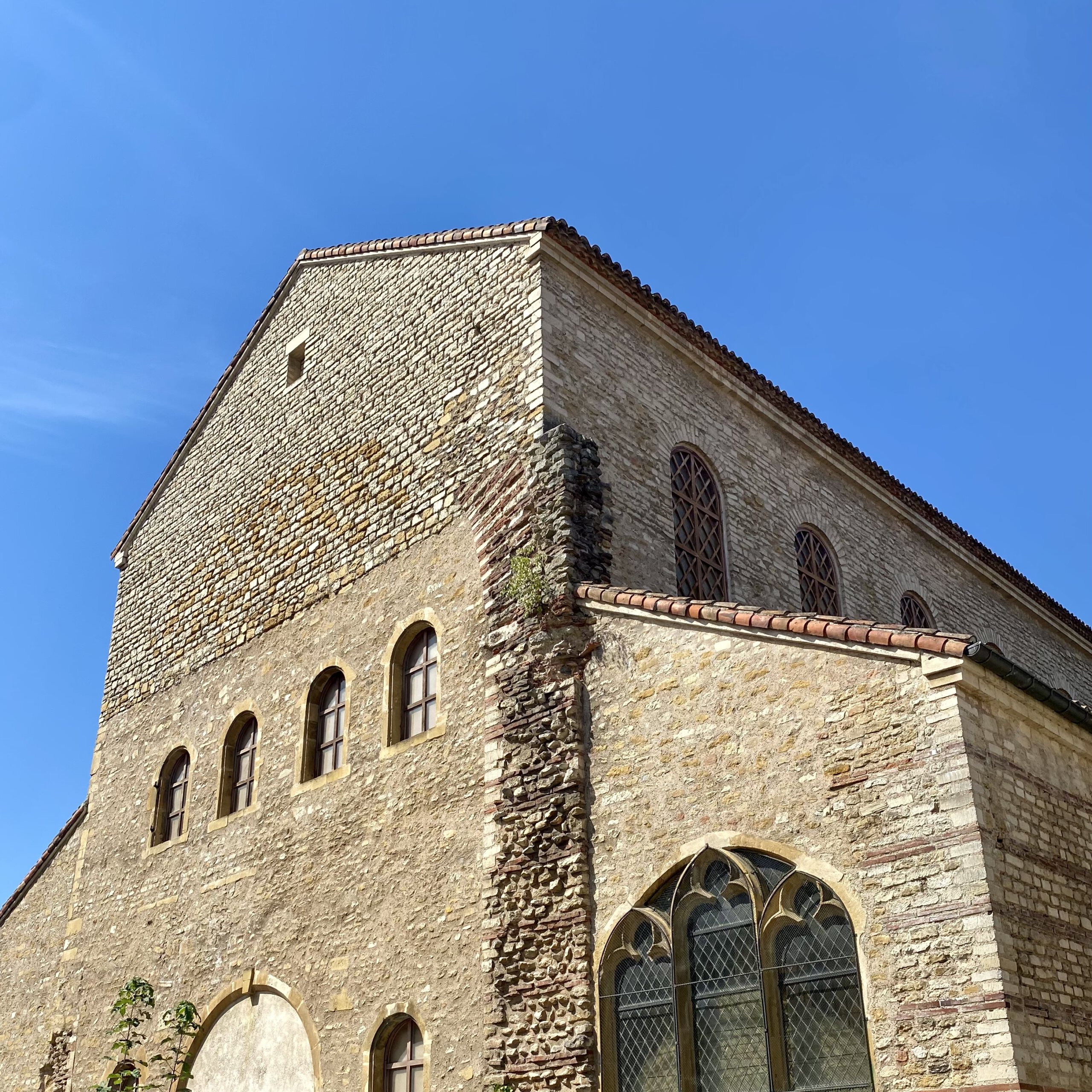
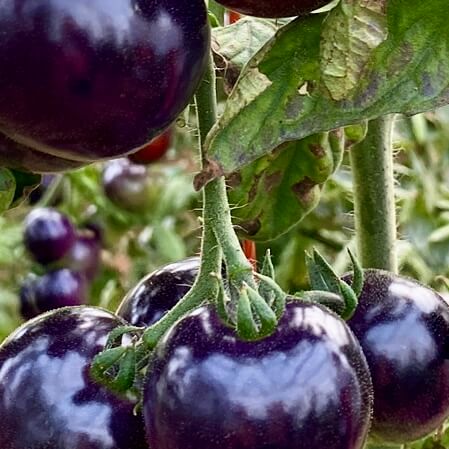
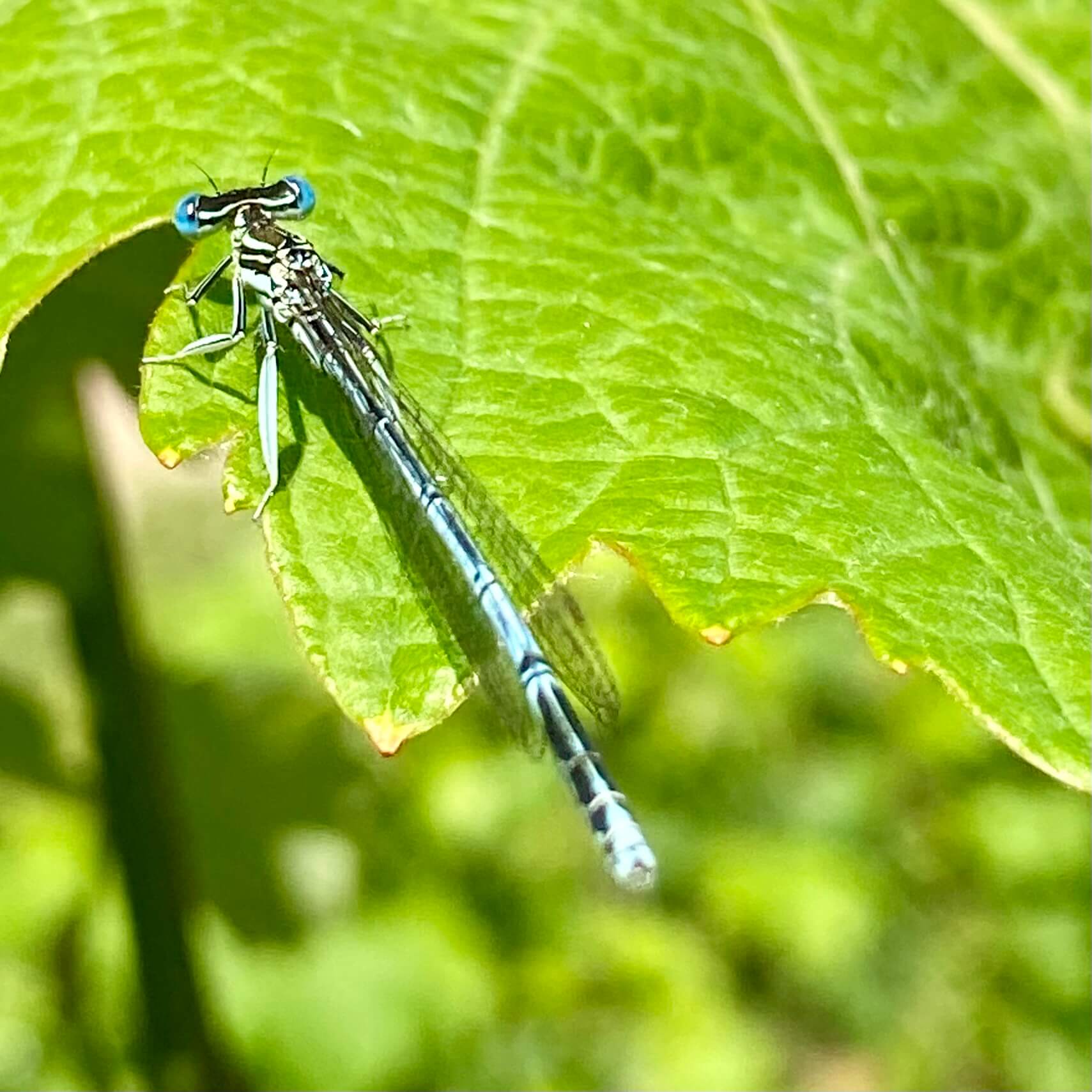
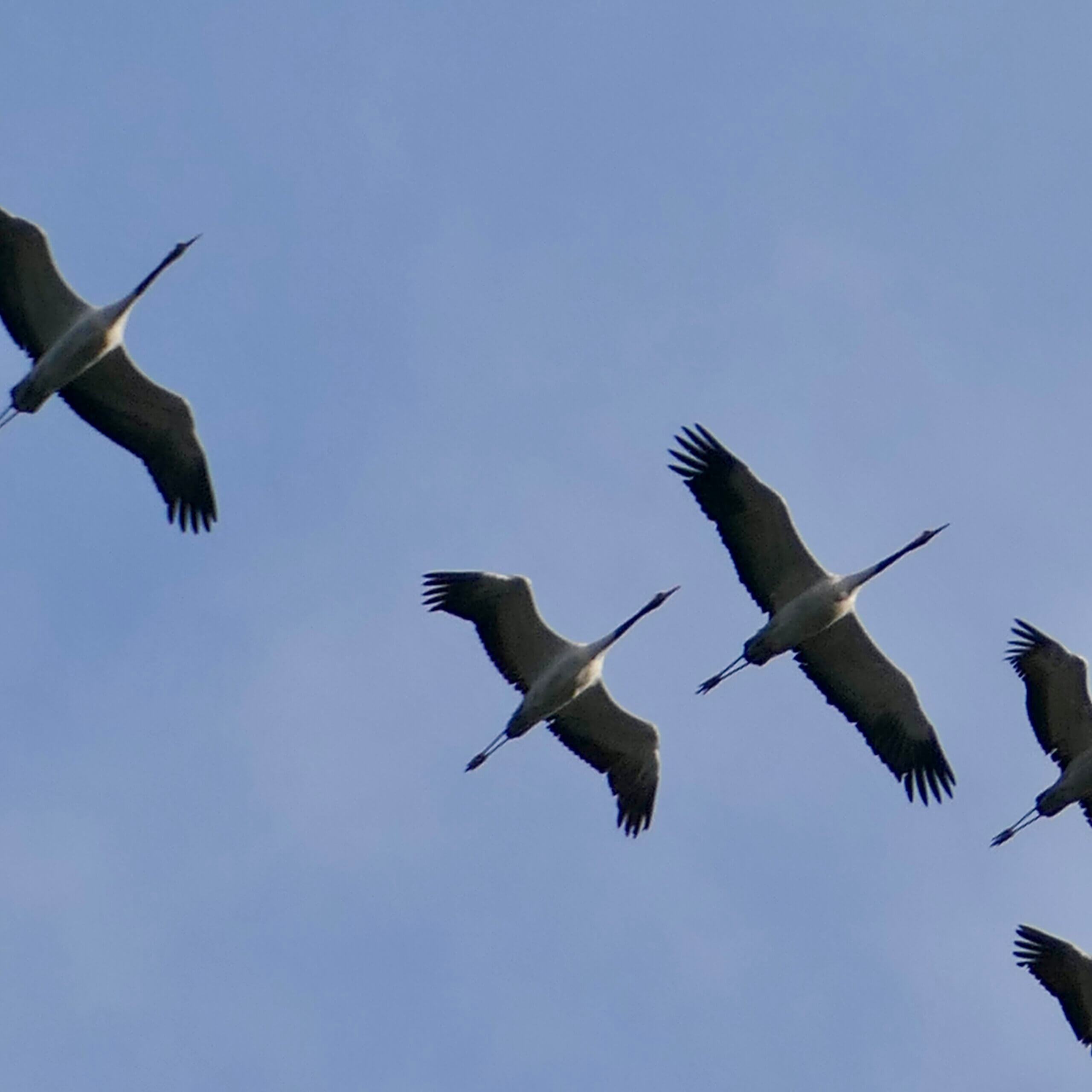





 Little Discoveries?
Little Discoveries? 

